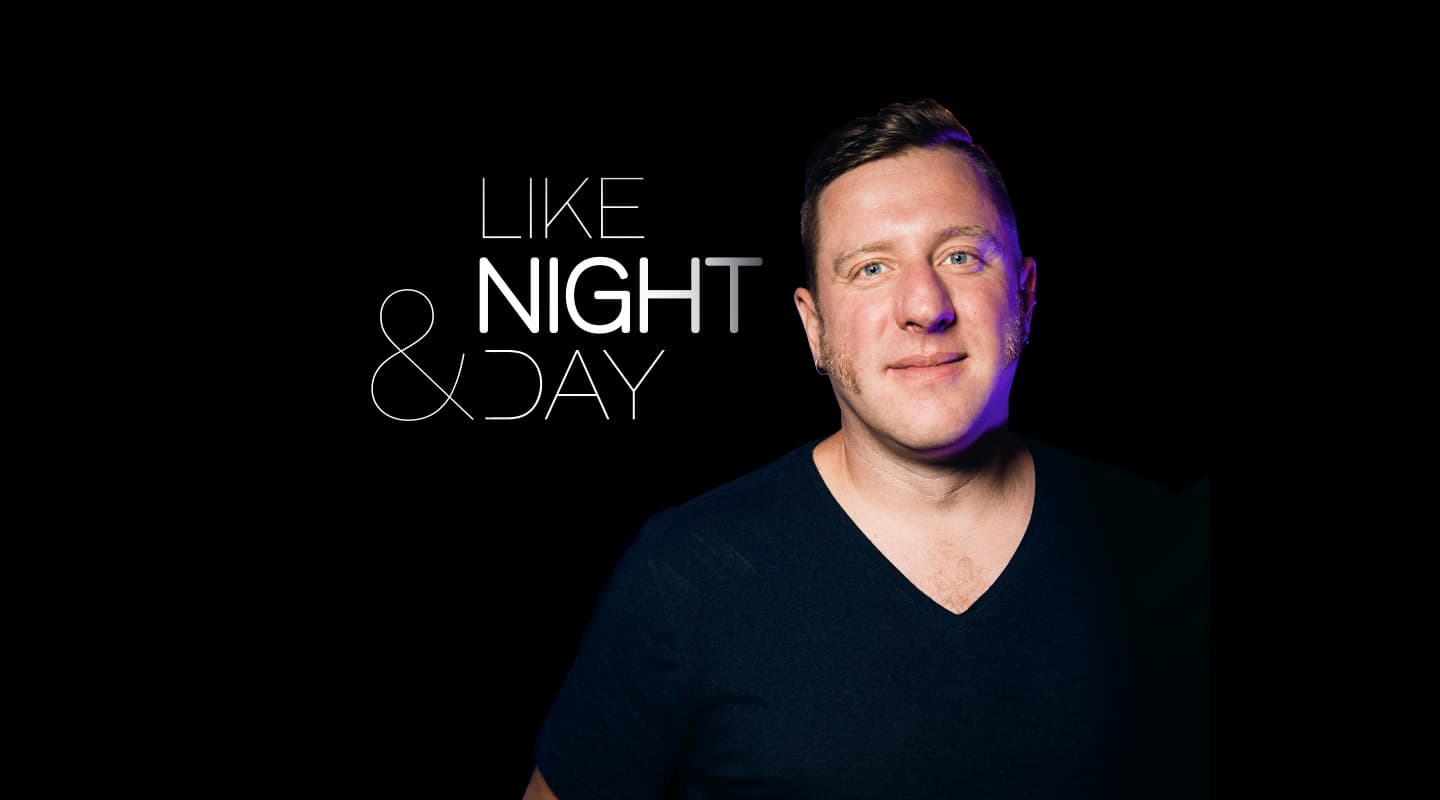
Like Night & Day
Mitch Kenny got over a quick bout of self-doubt to mix Hermitude’s Dark Night Sweet Light into a nomination for ARIA Engineer of the Year.
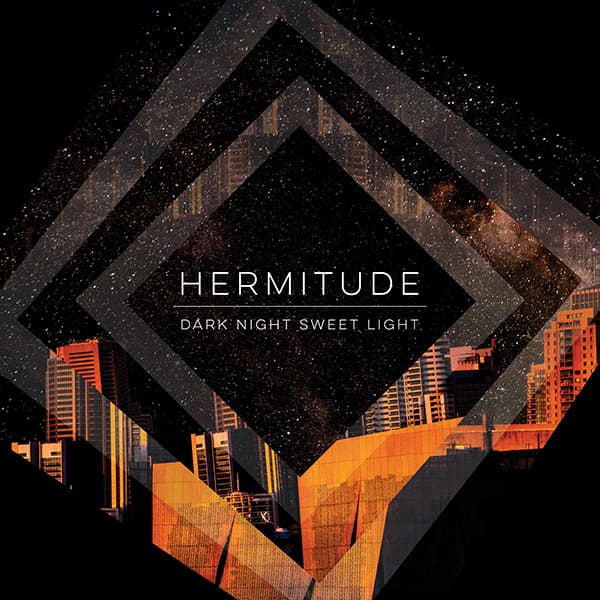
Artist: Hermitude
Album: Dark Night Sweet Light
Mitch Kenny should be in hospital. When I catch up with him in his temporary studio on Level 7 of a George St low-rise, he’s still occasionally coughing up the remains of a lingering bout of pneumonia. But there’s no stopping Kenny, which is how he got ill in the first place. He talks non-stop for the next three hours, rides his scooter across town to Sydney’s Studios 301 and gabs on again in front of a crowd for another 30 minutes.
He’s just finished up a five-month long stint, flying between ABC studios in Sydney and Melbourne to record and mix the music for a new TV show called The Divorce, starring Lisa McCune, Marina Pryor, Hugh Sheridan amongst a cast of other singing and dancing actor-types. Kenny describes it as being “like a Bing Crosby movie, where people spontaneously burst into song”. The ensemble he’d been recording was the Australian Opera & Ballet Orchestra. It’s a world away from Hermitude’s Dark Night Sweet Light — for which he scored an ARIA Engineer of the Year nomination, and the record we’re supposed to be talking about — but Kenny’s used to hopping codes.
CLASSICAL TRAINING HELPS
Even though he quit his music performance degree at Melbourne’s VCA, classical music has been good to Kenny. There aren’t many dedicated engineers who have tried finding their place amongst a deck of cellos. When he dropped out, Kenny did a stint at audio school and a bit of live sound work before ending up at Studio 52, where he really learnt the craft. Through his VCA connections, Kenny also freelanced his way through his fair share of classical music sessions.
Kenny had been flying back and forth between Melbourne and The States for a few years before he decided to head over to the U.S. permanently and try his luck. His mate, Jared Scott, had been engineering there for a few years, so on a wing and a prayer Kenny bought a one-way ticket.
When Kenny arrived, he soon realised he had to pass the critical eye of one of three women to get into the studio system: Paula Salvatore, Studio Manager at Capitol; Rose Mann-Cherney, the now-retired President of Record Plant Studios; or Candace Stewart of EastWest. “Those three women controlled the whole movement of engineers,” said Kenny. “Especially staff engineers in the studios in L.A. They’re very good friends and they know each other’s needs.”
After walking around town introducing himself to every studio in LA, he finally landed a meeting with Paula. She knew a bit of his work, but with no positions available, directed him to go and see Rose. Without Kenny knowing — in the time it took to get from Capitol to Record Plant — Paula had already rung ahead to recommend him. Apparently another interview wasn’t required, because by the time he arrived, Rose had already organised a walk-through with Jason Carson, the studio manager.
It was post-GFC, and Record Plant was the only studio that hadn’t lowered its rates. “The only artists booking the studio were rappers who liked being able to say they were working in the most expensive room in town,” said Kenny. “The positive side of that is they kept going and it was a really interesting place to be. The negative side was that house engineers only ever dealt with one channel in and two channels out; because they were only recording vocals over beats. As I had a ‘proper’ engineering background (we all have to do everything in Australia), Jason asked me, ‘How are you with engineering a string session?’ My response was, ‘I eat string sessions for breakfast! There’s fewer microphones than a drum kit.’”
The first session Kenny engineered in the US was a string session for a Mary J Blige record. That classical music background paid off again. Over the next few years, Kenny engineered a boat load of hit records including some for Elton John, Beyonce and Chris Brown. One of those, the No. 1 Don’t Hold Your Breath for Pussycat Dolls’ Nicole Scherzinger, put him in the room with hit songwriter Billy Steinberg and Jimmy Iovine’s right-hand man Dave Rene. Rene had a young Russian kid in the wings who needed an engineer… his stagename was Zedd. Kenny ended up engineering much of what became the mega-hit Clarity.

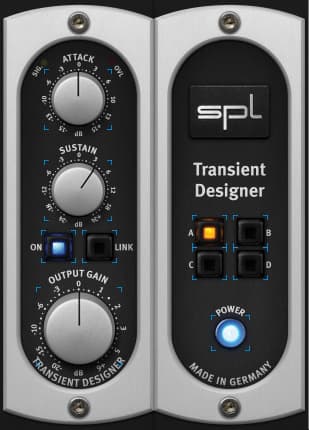



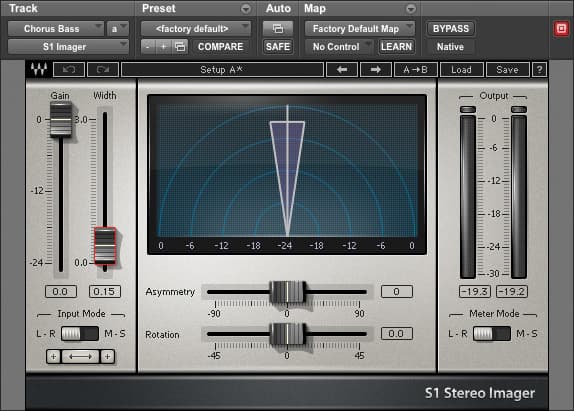



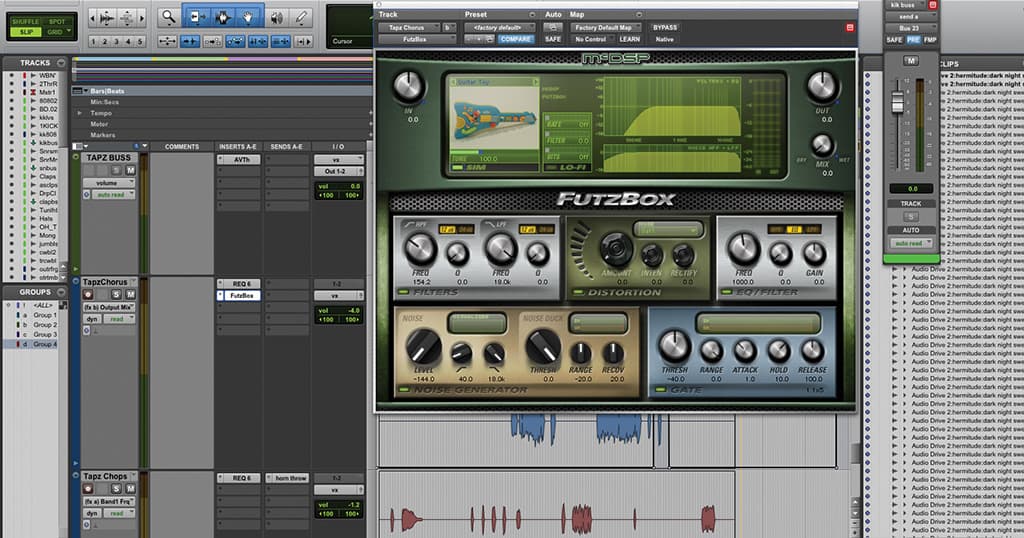
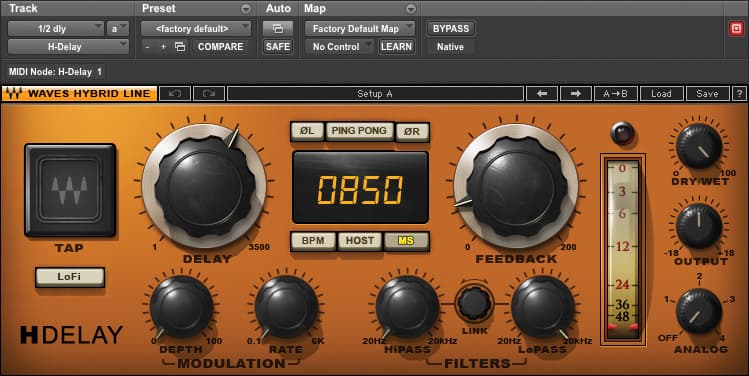

I can make a barking dog sound like Pavarotti with Melodyne, but you can’t manufacture emotion
MAKING TRAKS
Kenny eventually decided to move back to Australia a couple of years ago, and again, his classical music background paid off. Although sessions didn’t come easily at first, he did end up recording the Australian Chamber Orchestra at Studios 301 for a Qantas session with Daniel Johns.
These days, Kenny is heavily entrenched with Elefant Traks artists Horrorshow and other hip hop artists from the One Day collective, which includes Joyride and Spit Syndicate. He’d also previously worked with Angus (Gusto) Stuart from Hermitude when he and Urthboy produced the Paul Kelly cut of the Hunters & Collectors tune True Tears of Joy. “I’ve only been in Sydney for a short while,” said Kenny. “So it’s been nice how one thing has led to another, to another. I hope that means people are happy with what I’m doing.”
So tight knit is the hip hop community, Kenny actually got the call from Urthboy, akaTim Levinson, to ask if he wanted to do a spec mix for Hermitude’s new album. They’d had the track mixed by someone overseas and were hoping for a better result. “No problem,” he said. “I got the email chain of requests and had a relatively good idea of where they were going.”
When he opened Gusto’s reference mix, he had a moment of self-doubt. “I spoke to Joyride about it, who I write with,” said Kenny, “because the first time I opened it up, my initial gut feeling was, ‘this sounds amazing. What do I do to make this better?’ Joyride’s response was, ‘Just do your thing.’”
So Kenny got stuck into bringing his particular mix approach, but in an über-aggressive way, and that one spec mix turned into the entire record. Still, after he’d mixed five or six songs without any feedback, the self-doubt crept in again. “I spoke to my manager Bernadette about it,” said Kenny. “Her response was, ‘If they didn’t like it, you’d know about it.’ One day Dubs [Luke Dubber] showed up at Studios 301 with some more parts for me. I said, ‘Mate, I’ve got to ask, are you happy with how this is going?’ And he says, ‘Yeah man it sounds sick!’ So I just kept doing what I was doing.”
Besides the lack of early feedback, Kenny thoroughly enjoyed mixing the record. “In terms of two humans to make a record with,” he enthused, “I’d make a record with them any day of the week. They’re super-talented guys, lovely as people, really pro, and they work hard.
“Gusto has a really good understanding of actual engineering too. Things came with headroom, were labelled correctly, and he supplied the dry parts alongside the printed effects.”
Hermitude are an incredibly creative duo. Through the Roof’s horn parts sound every bit like they’re sampled from inside a genuine Cuban nightclub, but they’re actually programmed and effected. The pair also went out and recorded a lot of sounds to build their tracks with: sizzling bacon was used as a substitute for white noise to give a little extra flavour; they struck pipes in tunnels to augment drum hits; and got girlfriends to make whale noises. They’re no slouches in the playing department either. Dubs flexes his keyboard chops on the song Metropolis, which they dubbed the ‘NAMM solo’ because it sounds like a hired gun ripping on a trade show floor.
At the end of the day Kenny just wanted the record to sound like a Hermitude record, because “Hermitude gets judged by this. I don’t. Most people won’t even buy the record as a physical format. Besides, with how hard it is to find credits and how poorly they’re represented online, it’s a joke anyway. Joe Bloggs from Dandenong doesn’t care who mixed the record, there’s only a very small group of people who judge me. Hopefully those people like it but if they don’t that’s fine too, because it’s not about me, it’s always about the artist. Always, always, always.”













RESPONSES